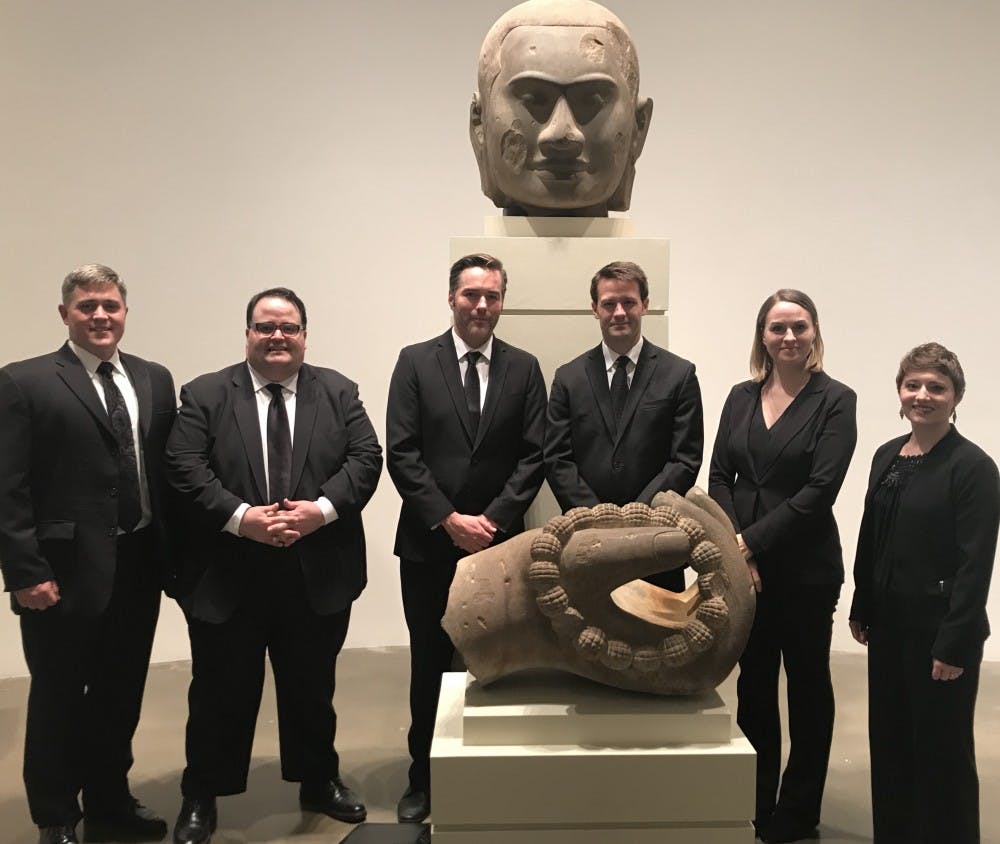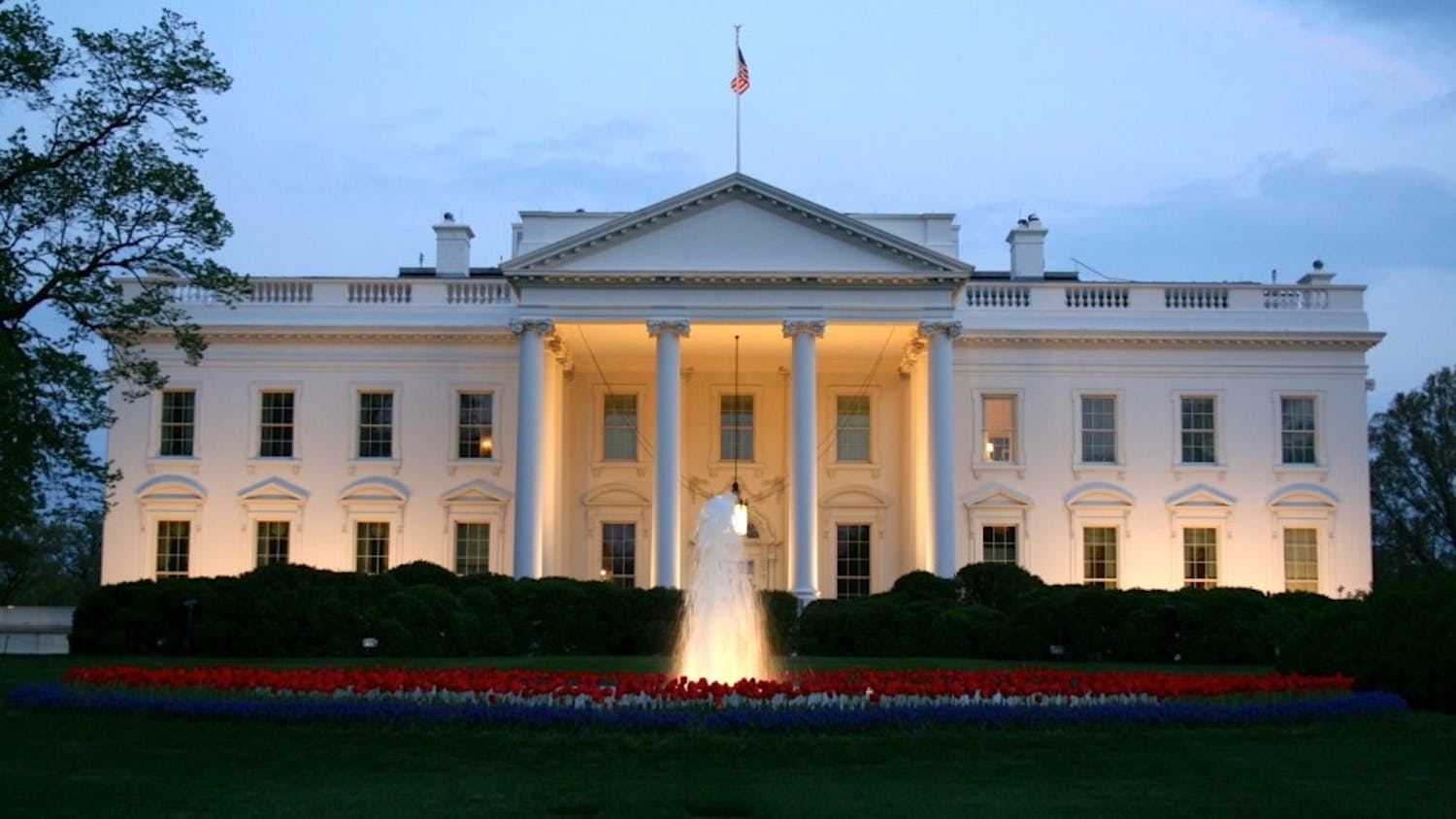On Saturday, Nov. 17, American University Museum at the Katzen Arts Center held an event titled “Sine Nomine” that featured James Blachly’s “Experiential Orchestra” with Jim Sanborn’s sculpture art exhibit “Without Provenance: The Making of Contemporary Antiquity.”
Sanborn’s work is dedicated to the world of forged art and the beauty within the copied art pieces. His exhibit is centered on the mystery of whether pieces could have been from the 14th century or made ten years ago as well as how society ought to value original, culturally important art as opposed to forged art.
Blachly focused on millennia-old musical compositions, all of which are "sine nomine," meaning “without a name.” Each anonymous composition was paired with a contemporary Cambodian replica of ancient Khmer art.
Blachly said he focused on a way of “musically highlighting” the exhibit because he believes it challenges viewers in “a wonderful way.”
“To consider and reconsider the maker of the art, the creator of the art, the artist and whether it matters if we know their name or not, if we know when the art was made,” Blachly said. “It calls into question the expertise of curators, it calls into question the authenticity of art and some of that is a little bit unpleasant to reconcile.”
The first time Experiential Orchestra performed in the AU Museum was for an exhibit titled “The Seven Deadly Sins” by William Woodward in 2017. The Experiential Orchestra was founded by Blachly as a way to invite the audiences more deeply into the sound as a way to create a new experience of sound and something different with every performance.
This Experiential Orchestra featured local D.C. voices of soprano Crossley Hawn, mezzo-soprano Kristen Dubenion-Smith, tenor Lawrence Reppert, tenor Oliver Mercer and bass-baritone Jesse Neace for this particular event.
The performance started with the audience not being able to see the performers until after the first song. In between each song, which featured a different art piece each time, Blachly would give a quick explanation as to how the anonymous music piece fit with each art piece.
“There’s this wonderful sense of not knowing who made the art,” Blachly said.
Blachly matched some 13th and 15th century music with the exhibit to match the supposed time period these sculpture pieces would have been made. He said he hoped each audience member uniquely experienced something wonderful out of the performance.
Toward the end of the performance, Blachly provided some advice to aspiring artists and musicians alike.
“There is no advice that fits for everyone except that it’s a worthwhile endeavor to follow your dreams and what you believe in and impossible to predict where that takes you,” Blachly said.





